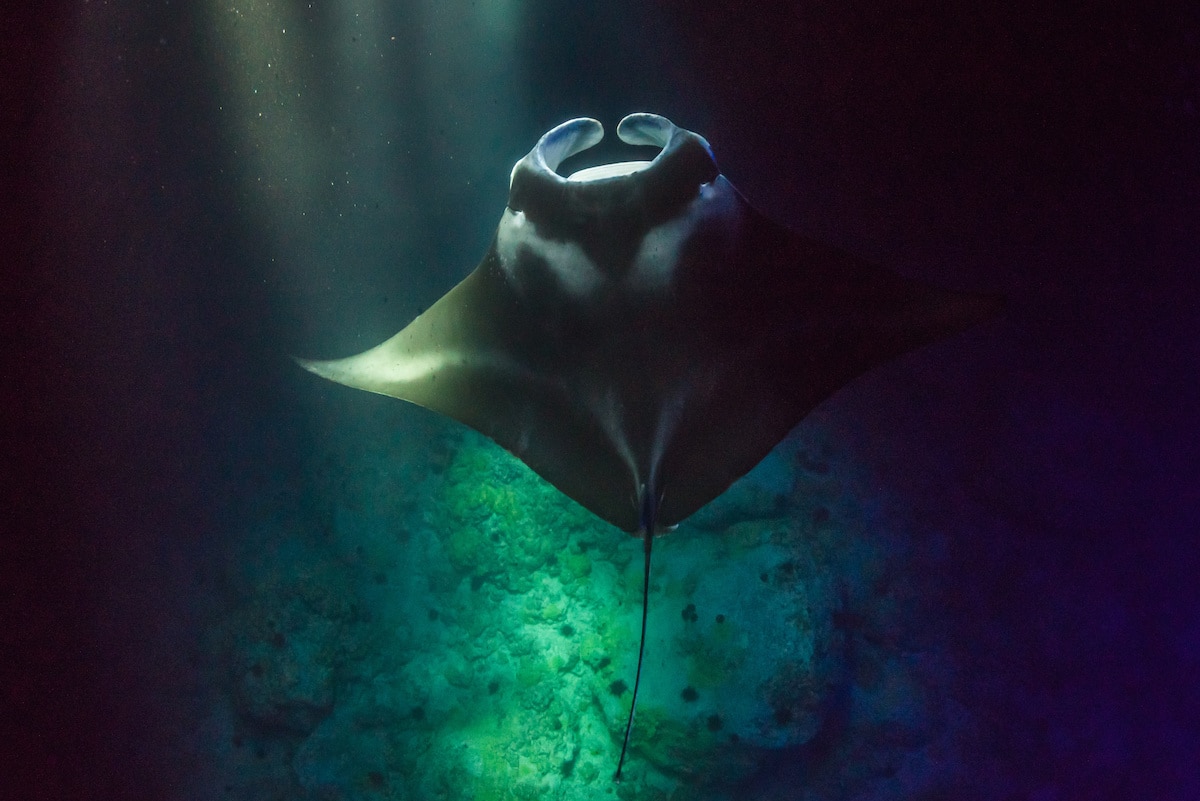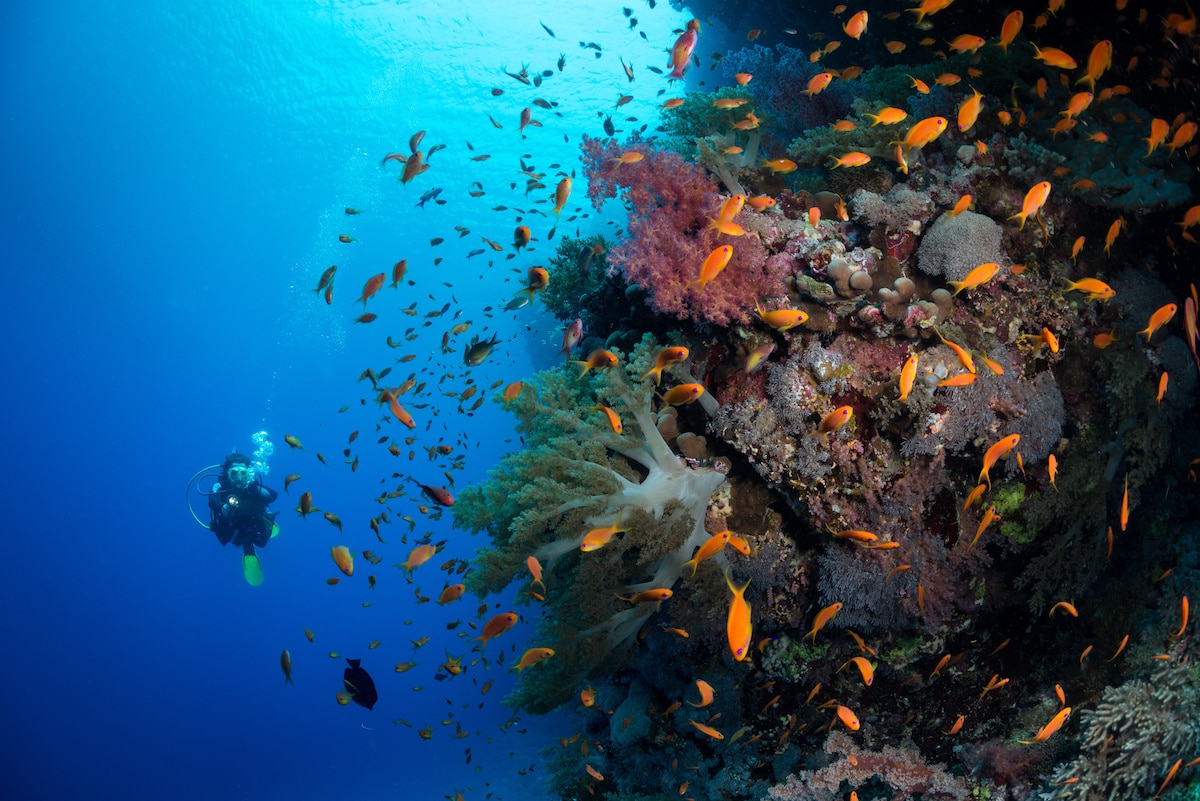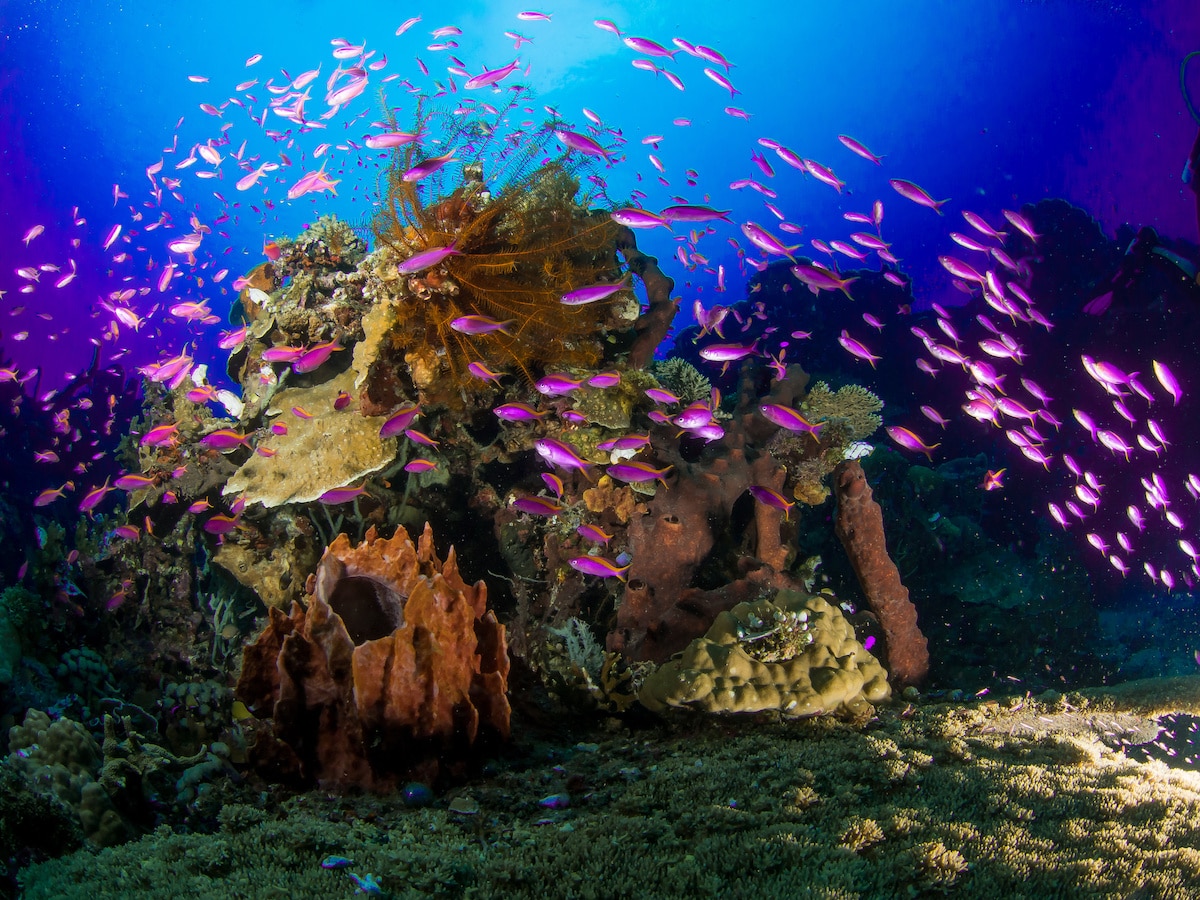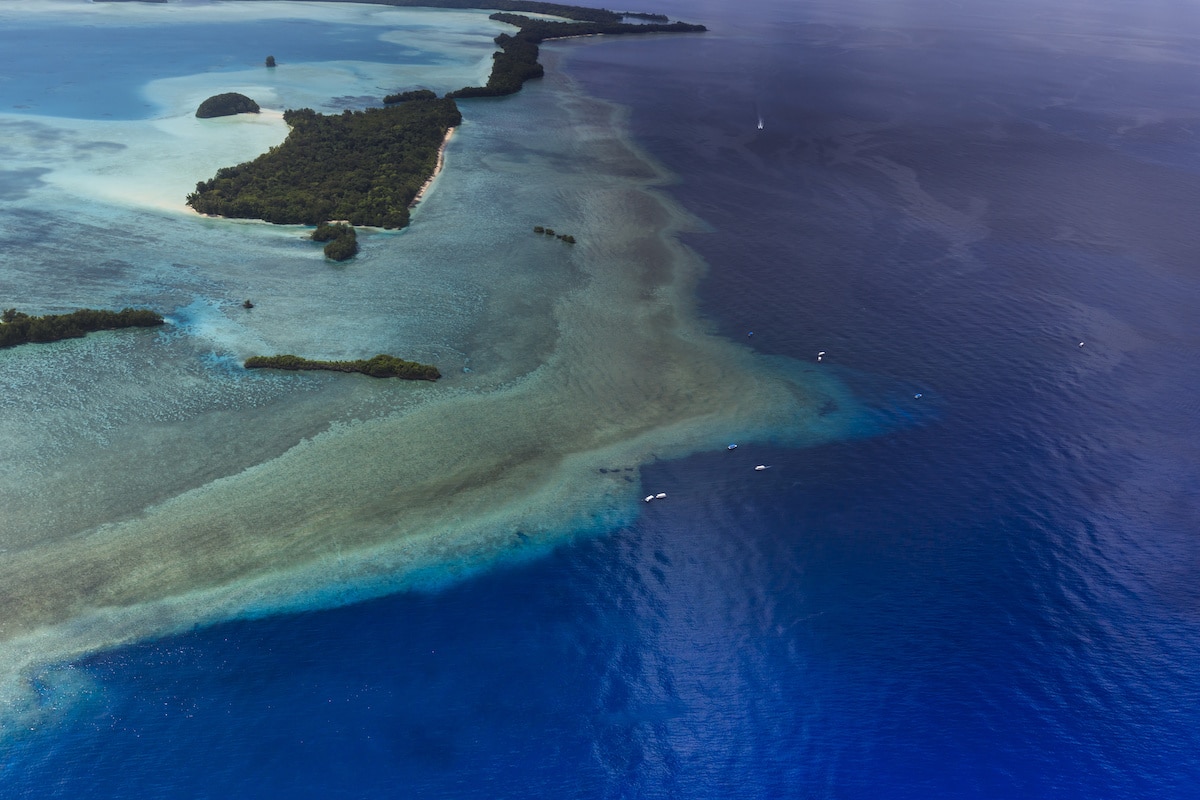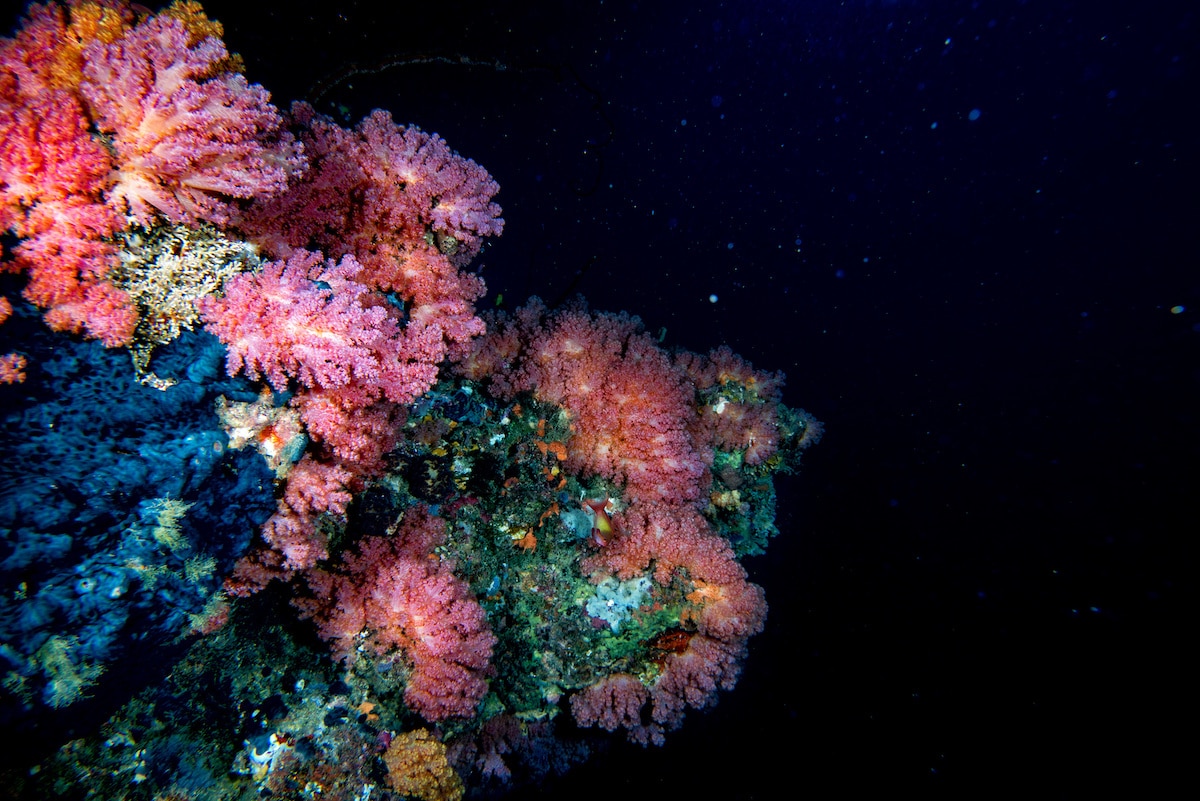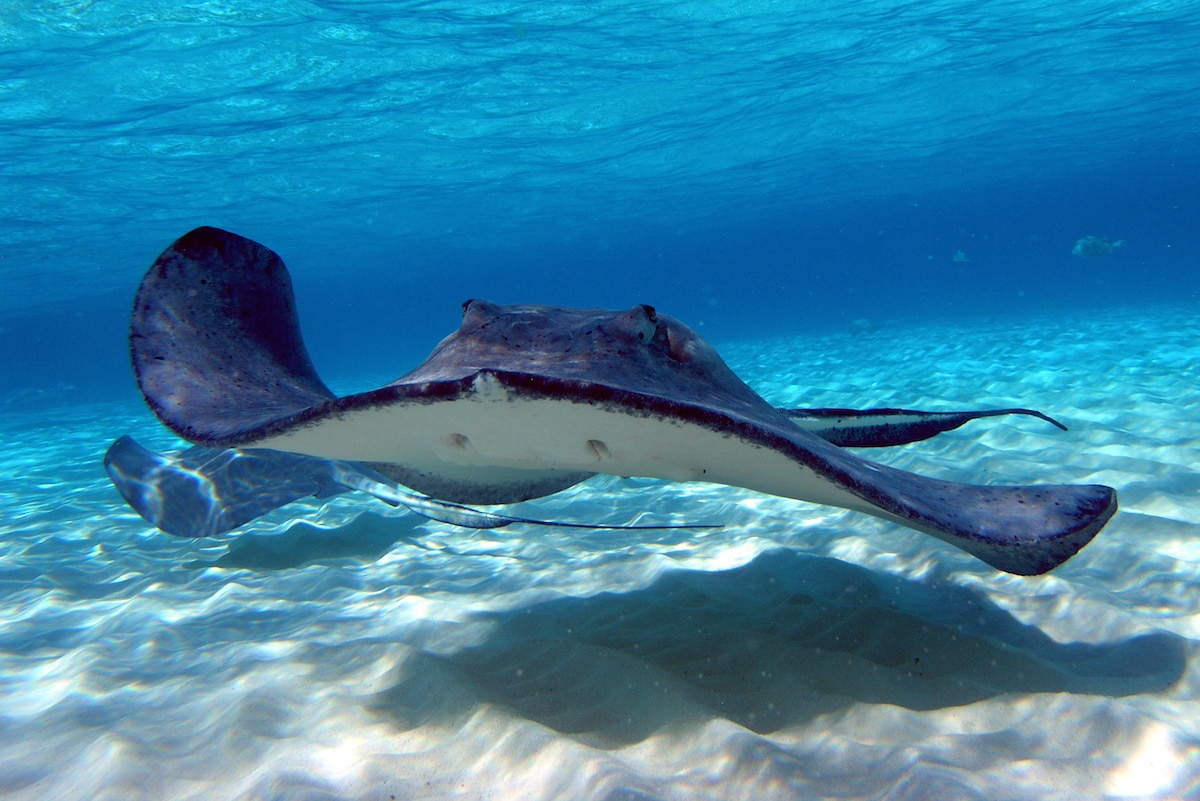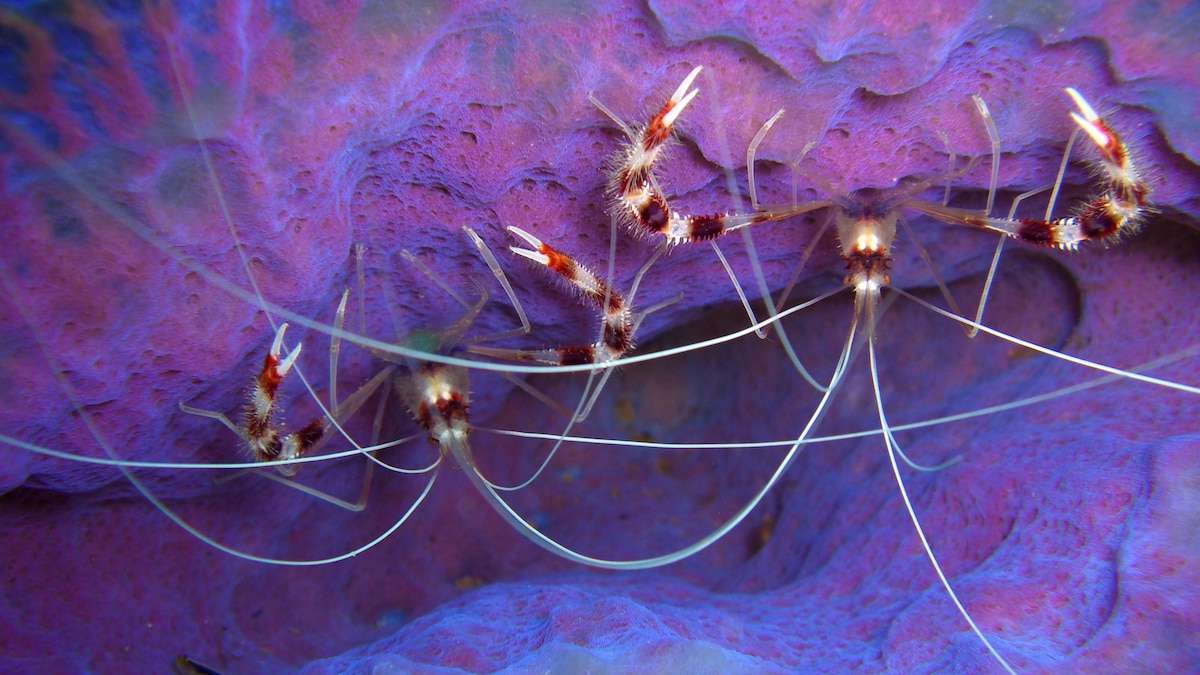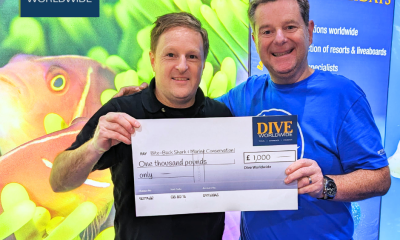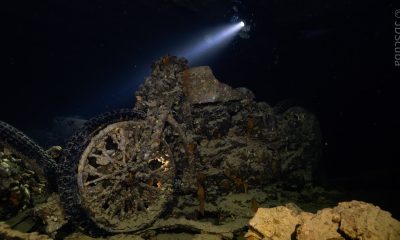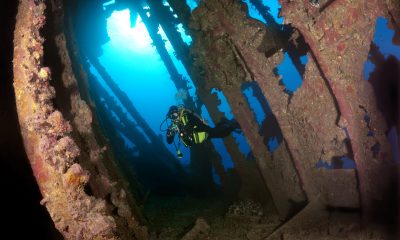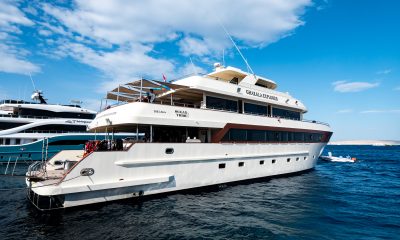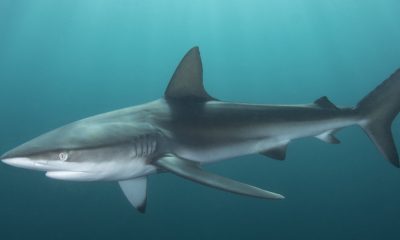News
8 Epic Wall Diving Destinations

There is nothing quite like hovering at the edge of a wall when you dive, watching the ocean disappear below you. This exhilarating type of diving offers the chance to explore striking landscapes and immerse yourself alongside walls teeming with life. There are some great places you can go wall diving around the world. Here is our pick of the best:
1. Hawaii
Hawaii is known for night diving with mantas and dramatic underwater landscapes with a generous helping of lava tubes, caverns and craters. The Molokini Crater off Maui is a popular choice for wall dives, with the outer crater plunging to depths over 100 meters. Molokini Back Wall is a great dive for manta and shark encounters. Dive there from December to May and you might hear passing humpback whales. The Au Au Crater at Kona is a steep wall dive where you can spot oceanic whitetips and hammerhead sharks.
2. Egypt’s Red Sea
Egypt’s Elphinstone Reef offers some of the best Red Sea wall diving and is a premier Southern Red Sea dive destination. The almost-vertical walls drop from just below the surface to a plateau at 80 meters, before disappearing into the inky depths. The reef itself is washed with strong currents, making for fun drift dives past vibrant corals. Home to a variety of reef sharks, you can also dive with oceanic whitetips and hammerheads there.
3. Indonesia
The Marine National Park at Bunaken is a conservation success story, offering a staggering diversity of life and some of Indonesia’s best wall dives. You can see 5 sea turtle species, dugong, spinner dolphins, pilot whales and more. This special Indonesia scuba diving destination is even on a migratory path for sperm whales.
Bunaken wall diving is exceptional, with numerous wall dives to choose from and plenty of big pelagic action. Celah Celah is a favourite with photographers, thanks to the wall cracks packed with soft corals, critters and fish. There are brightly-coloured nudibranchs and pygmy seahorses to find, plus passing dogtooth tuna and sea snakes.
4. Palau
Showcasing the best of Micronesia’s varied diving, Palau has it all. Blue Corner, a natural corner in the ocean, has a wall that drops to over 330 meters with a plateau at 12 to 20 meters. This strong current dive demands the use of reef hooks and will reward you with an abundance of marine life, vibrant corals and huge schools of fish. Turtles, eagle rays and sharks are regularly seen there.
5. Fiji
The Somosomo Strait is not to be missed when wall diving Fiji. The vertical walls are covered in soft corals, with large bushes of white, brown, pink and orange corals that come to life in the swift currents. Purple Wall is aptly named and covered in purple soft corals and sea fans. The Great White Wall looks like a giant wall of snow, thanks to being absolutely covered in white soft corals. Both dives are accessible by Somosomo Strait liveaboard diving.
6. Cayman Islands
Known for its wall diving, the Cayman Islands don’t disappoint with sites such as the Bloody Bay Wall and Grand Cayman’s North Wall. The Bloody Bay Wall drops to over 914 meters and is one of the most sought-after, and colourful, Cayman Islands dives. The wall is covered in life, ranging from corals and sea fans to a variety of sponges and abundant critters. Be sure to look away from the wall to spot eagle rays, turtles and Nassau groupers.
The more remote Grand Cayman’s North Wall has a number of dive sites to explore, where you can find sea turtles, hammerhead sharks and plenty of life on the wall itself. The east of the wall has caverns and swim-throughs, whilst the famous Stingray City dive site is in the north.
7. Honduras
The Cayman Trench off the coast of Roatan has dramatic walls and reefs. Famous for whale sharks, dolphins and rare black corals, it is well worth adding to your liveaboard diving wish list. The West End Wall is a series of canyons and channels ideal for divers and snorkelers alike, where you can swim amongst large schools of jacks, barracuda and tarpon. Utila offers sheer walls on the north side, whilst Guanaja, the most remote of the Bay Islands, has wall dives and volcanic landscapes.
8. Belize
Head to Turneffe Atoll in Belize and you can enjoy the rich biodiversity of this reef, plus big wall dives and mangrove islands. The walls are covered in corals and host turtles, moray eels and rays. Lighthouse Reef is popular for wall diving, especially at Half Moon Caye. You can see Caribbean reef sharks and plenty of macro life, whilst enjoying easy-going currents.
This article was written by divers and writers at LiveAboard.com
News
Dive Worldwide Announces Bite-Back as its Charity of the Year

Over the next 12 months, specialist scuba holiday company Dive Worldwide will be supporting Bite-Back Shark & Marine Conservation with donations collected from client bookings to any one of its stunning dive destinations around the world. The independently-owned operator expects to raise £3000 for the UK charity.
Manager at Dive Worldwide, Phil North, said: “We’re especially excited to work with Bite-Back and support its intelligent, creative and results-driven campaigns to end the UK trade in shark products and prompt a change in attitudes to the ocean’s most maligned inhabitant.”
Bite-Back is running campaigns to hold the media to account on the way it reports shark news along with a brand new nationwide education programme. Last year the charity was credited for spearheading a UK ban on the import and export of shark fins.
Campaign director at Bite-Back, Graham Buckingham, said: “We’re enormously grateful to Dive Worldwide for choosing to support Bite-Back. The company’s commitment to conservation helps set it apart from other tour operators and we’re certain its clients admire and respect that policy. For us, the affiliation is huge and helps us look to the future with confidence we can deliver against key conservation programmes.”
To launch the fundraising initiative, Phil North presented Graham Buckingham with a cheque for £1,000.
Visit Dive Worldwide to discover its diverse range of international scuba adventures and visit Bite-Back to learn more about the charity’s campaigns.
MORE INFORMATION
Call Graham Buckingham on 07810 454 266 or email graham@bite-back.com
Gear News
Scubapro Free Octopus Promotion 2024

Free Octopus with every purchase of a SCUBAPRO regulator system
Just in time for the spring season, divers can save money with the FREE OCTOPUS SPRING PROMOTION! Until July 31st SCUBAPRO offers an Octopus for free
with every purchase of a regulator system!
Get a free S270 OCTOPUS with purchase of these combinations:
MK25 EVO or MK19 EVO with A700
MK25 EVO or MK19 EVO with S620Ti
MK25 EVO or MK19 EVO with D420
MK25 EVO Din mit S620Ti-X
Get a free R105 OCTOPUS with purchase of the following combinations:
MK25 EVO or MK19 EVO with G260
MK25 EVO or MK17 EVO with S600
SCUBAPRO offers a 30-year first owner warranty on all regulators, with a revision period of two years or 100 dives. All SCUBAPRO regulators are of course certified according to the new European test standard EN250-2014.
Available at participating SCUBAPRO dealers. Promotion may not be available in all regions. Find an authorized SCUBAPRO Dealer at scubapro.com.
More information available on www.scubapro.com.
-
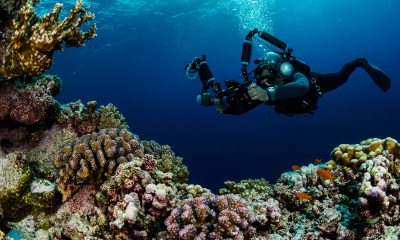
 News3 months ago
News3 months agoHone your underwater photography skills with Alphamarine Photography at Red Sea Diving Safari in March
-

 News3 months ago
News3 months agoCapturing Critters in Lembeh Underwater Photography Workshop 2024: Event Roundup
-
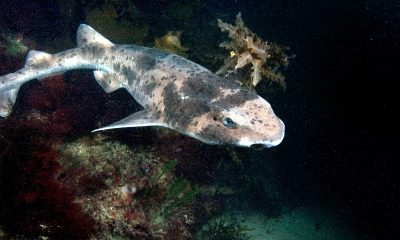
 Marine Life & Conservation Blogs3 months ago
Marine Life & Conservation Blogs3 months agoCreature Feature: Swell Sharks
-

 Blogs2 months ago
Blogs2 months agoMurex Resorts: Passport to Paradise!
-
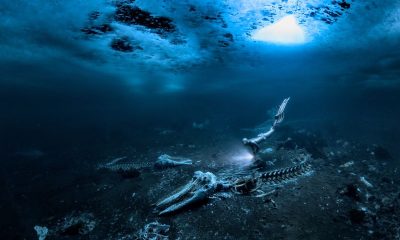
 Blogs2 months ago
Blogs2 months agoDiver Discovering Whale Skeletons Beneath Ice Judged World’s Best Underwater Photograph
-
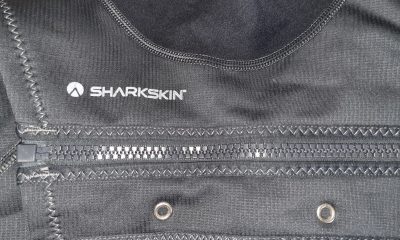
 Gear Reviews2 weeks ago
Gear Reviews2 weeks agoGEAR REVIEW – Revolutionising Diving Comfort: The Sharkskin T2 Chillproof Suit
-
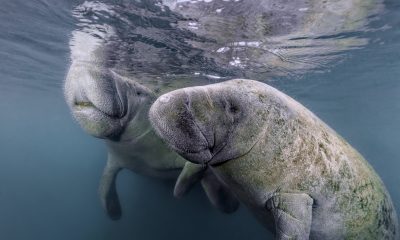
 Marine Life & Conservation2 months ago
Marine Life & Conservation2 months agoSave the Manatee Club launches brand new webcams at Silver Springs State Park, Florida
-

 Gear Reviews3 months ago
Gear Reviews3 months agoGear Review: Oceanic+ Dive Housing for iPhone


